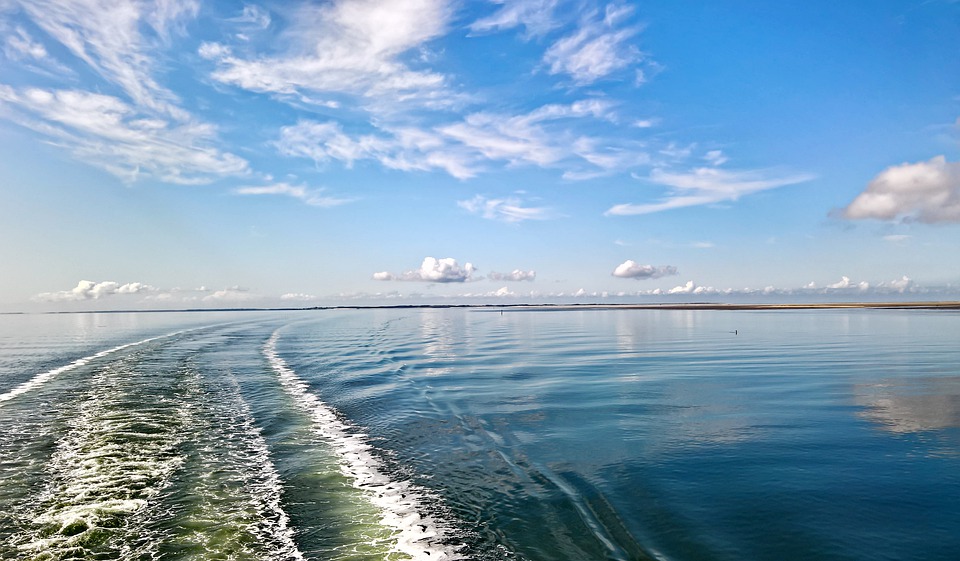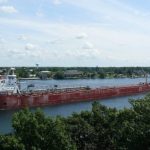The sky’s the limit” for the use of derivatives in the shipping industry, according to finance expert and academic Professor Nikos Nomikos.
Speaking at a jointly hosted Baltic Exchange and Institute of Chartered Shipbrokers’ webinar, Nomikos, a professor of Shipping Finance and Risk Management at The Business School (formerly CASS), City University, said there is more to Forward Freight Agreements (FFAs) than pure risk management.
He sees shipping as a new derivatives asset class to invest in. “Right now, outside investors are looking at ways to diversify their investment opportunities and seeking an unexplored investment class.” Here, shipping has “a very interesting story to tell”, he said. “It is a unique asset class, it’s a good diversifier and also in this era of ESG investment opportunities, it has a very interesting decarbonisation story. Shipping is one of the few industries that has clearly identified the roadmap in terms of how to become net zero.”
These are “very important narratives of investment politics”, he continued. For a new investor interested in investing in shipping there are few alternatives to the physical side and the traditional ship owning model. “From that point of view, FFAs give that opportunity to get exposure into freight,” Nomikos said. “I would expect that over time, volumes will increase. They’re going to increase because more and more companies will have to manage their freight rates, but also because of the input of more capital from the investment community.”
While shipping is traditionally more conservative and has been slow to embrace derivatives, Nomikos also sees a pending step-change with the arrival of a younger generation joining shipping companies. “Many of them come from investment banking or financial sectors and they’re much more familiar with the derivatives market and, more broadly, with how to combine physical and paper positions and how to manage financial risks using financial derivatives. That will have a positive development going forward.”
Managing volatility
On the risk management side, Nomikos highlights the extreme volatility of freight rates with VLCC rates presenting as more volatile than cryptocurrency Bitcoin. “In fact, freight rates are among the most volatile asset classes – much more volatile than the US stock market, much more volatile than most commodities,” he said. That freight rate volatility matters because ultimately it affects the final value of the commodity, so any fluctuation in freight rates has significant implications further into the supply chain.
Therefore, the significance of effective risk management in the shipping industry cannot be overstated. FFAs, with their cash-settled nature and ability to mitigate market complexities, are indispensable tools. By providing market indicators and enabling strategic flexibility, FFAs also help stakeholders to navigate global trade with greater confidence and resilience.
Beyond their use in risk management, FFAs play a pivotal role in shaping market dynamics and fostering liquidity. “These contracts are very important as they provide a very important market indicator,” he said. “Right now, you can see the forward curve for up to seven years out so you can get an indication of how the market values freight rate risk in 2031. That is a significant and quite a valuable service to provide to the industry.”
Nomikos recommends a comprehensive approach to risk management, encompassing four distinct stages: risk identification, quantification, management, and monitoring. Also, he said that FFAs are best for risk management if they are combined with or if they complement by a clearly defined risk management strategy, which includes a well-defined physical chartering strategy, combining a portfolio of physical contracts complemented with positions in the paper market to give them certainty.
Market fundamentals
As an academic, Nomikos also studies the fundamentals of the derivatives market. One important metric in that respect is how many contracts are actually traded, how liquid is the market, and the level of market debt. “The dry market trading volumes have been increasing constantly over the last few years. For the major bulks like coal, iron ore and grain the volume that will trade on FFAs represents more than what is traded on the physical market. So that is a very, very important metric in itself,” he said.
Another important question is who actually trades on the derivatives market. While there are owners, operators, charterers and traders, there is also increasing participation from financial participants. “So, companies that you wouldn’t necessarily think as having a direct exposure into shipping, but they are, in one way or another, connected,” Nomikos said. “For instance, some finance banks have exposure to asset price risk and look at the FFA market for the purposes of managing their portfolios.”
Discussing underlying physical market activity, he added that one of the key issues in any commodity market is how to manage the so-called basis. This, in simple terms, is the risk that arises from having an exposure in the paper market that doesn’t exactly match the exposure that you have in the physical market. “This type of residual risk can be quite important and can make or break a hedging decision. They can also significantly affect the profitability of the company.”
In summary, Nomikos sees FFAs as effective hedging tools, which can lead to lower cash flow volatility compared with an unhedged position and this can have significant implications for shipping companies. For him, the convergence of physical and paper markets, facilitated by instruments such as FFAs, holds the promise of a more dynamic and adaptive industry landscape, one where risk is managed with more astuteness.
Source: Hellenic Shipping News






